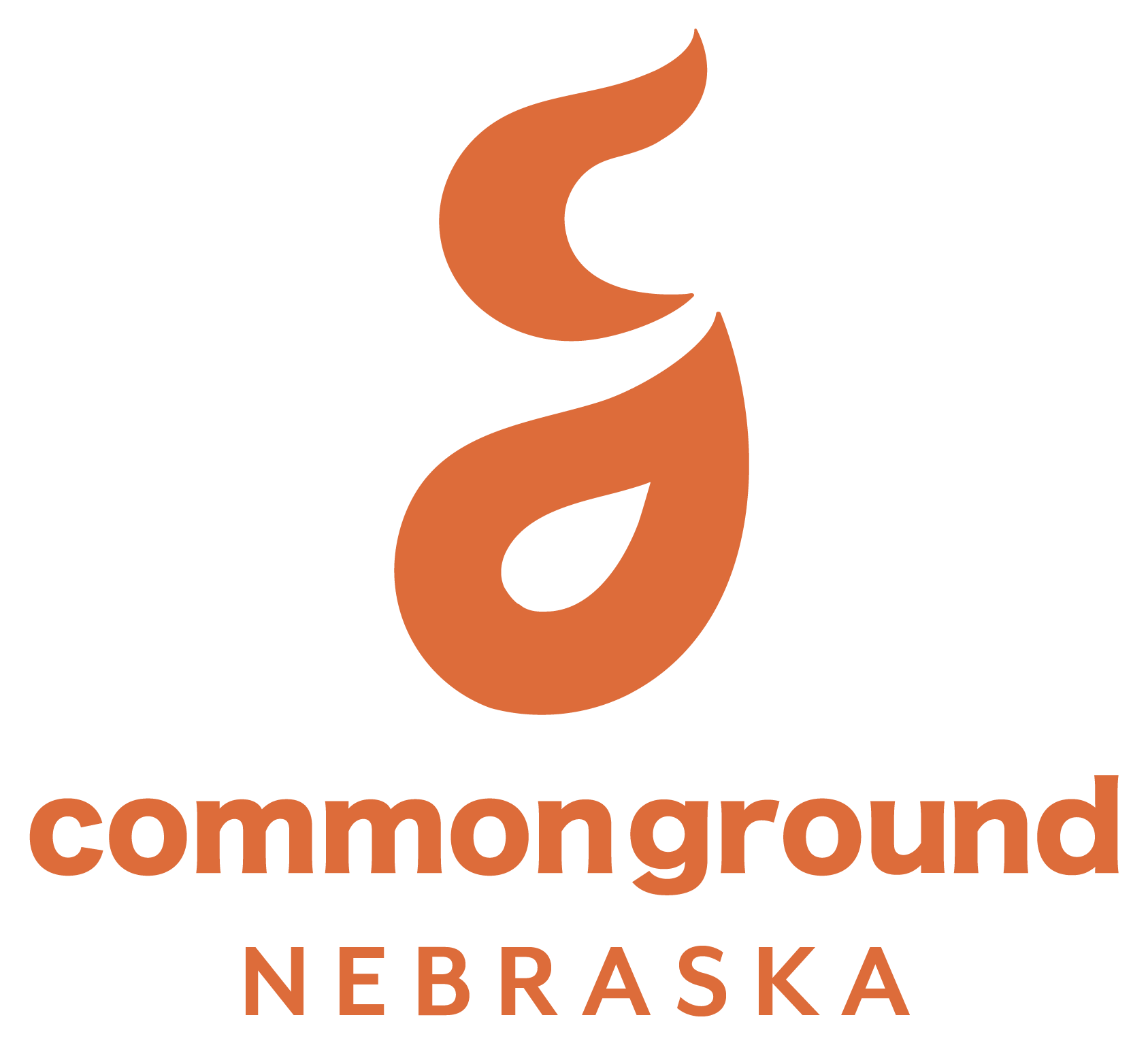“Upcycling.” Most often we think of this word in connection with home furnishings or clothing. On our farm we think of upcycling whenever we get our cow herd out on cornstalk fields after harvest. As soon as possible after our corn is harvested, we put up temporary fences and move water tanks so our cows can eat the corn residue that remains in the field. Cows are very efficient at finding any corn that may have been missed because the ear fell from the stalk, or got knocked down by wind, or may not have made it into our combine’s grain tank for any number of reasons. Along with the grain, they also graze and consume the husks and corn that may have been left behind.
Grazing corn residue and other grasses and forages is what makes cattle upcyclers. Most of what they eat is cellulose. Because of the way cattle digest food, they can make use of cellulose in their diets. You and I cannot utilize cellulose for any purpose other than dietary fiber. Cattle, however, consume cellulose, and their digestive systems allow them to use it as a valuable feed. They upcycle that fibrous material into complex and complete proteins. The meat they produce is nutrient-dense and an excellent source of iron, zinc, B vitamins and all the essential amino acids we need for a healthy diet.
An upcycling bonus from the cattle on cornstalk fields is the manure produced as they graze and digest residue. This nutrient cycling results in nitrogen and phosphorus for the following year’s crops. The manure makes these nutrients more available to the plants in the next year than if the residue was not processed through a cow.
Watch this interview with Pure Nebraska, where I discuss this topic of cattle and their ability to upcycle.
